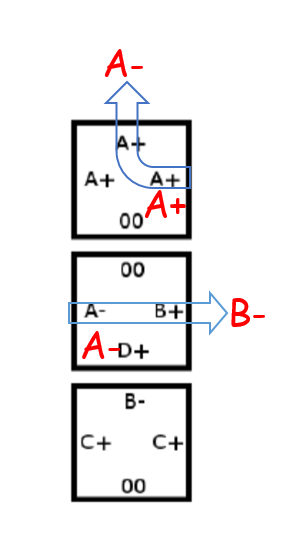Problem
The sequence of n - 1 consecutive composite numbers (positive integers that are not prime and not equal to 1) lying between two successive prime numbers p and p + n is called a prime gap of length n . For example, 〈24, 25, 26, 27, 28〉 between 23 and 29 is a prime gap of length 6.
Your mission is to write a program to calculate, for a given positive integer k , the length of the prime gap that contains k . For convenience, the length is considered 0 in case no prime gap contains k .
Input
The input is a sequence of lines each of which contains a single positive integer. Each positive integer is greater than 1 and less than or equal to the 100000th prime number, which is 1299709. The end of the input is indicated by a line containing a single zero.
Output
The output should be composed of lines each of which contains a single non-negative integer. It is the length of the prime gap that contains the corresponding positive integer in the input if it is a composite number, or `0’ otherwise. No other characters should occur in the output.
Sample Input
|
|
Sample Output
|
|
Solution
題目描述:
找該數字左右相鄰的兩個質數差值。
題目解法:
線性篩法 (sieve)。
|
|

